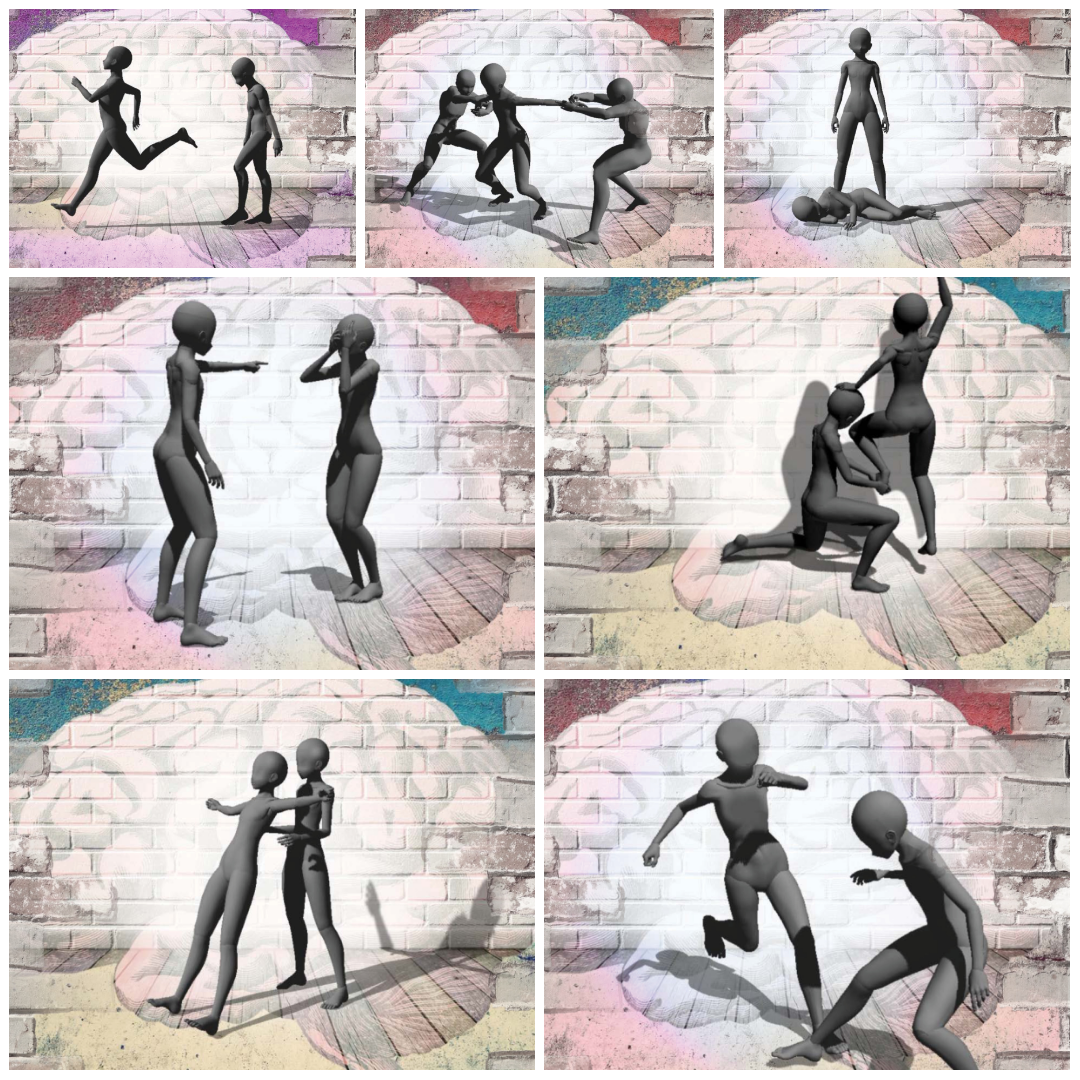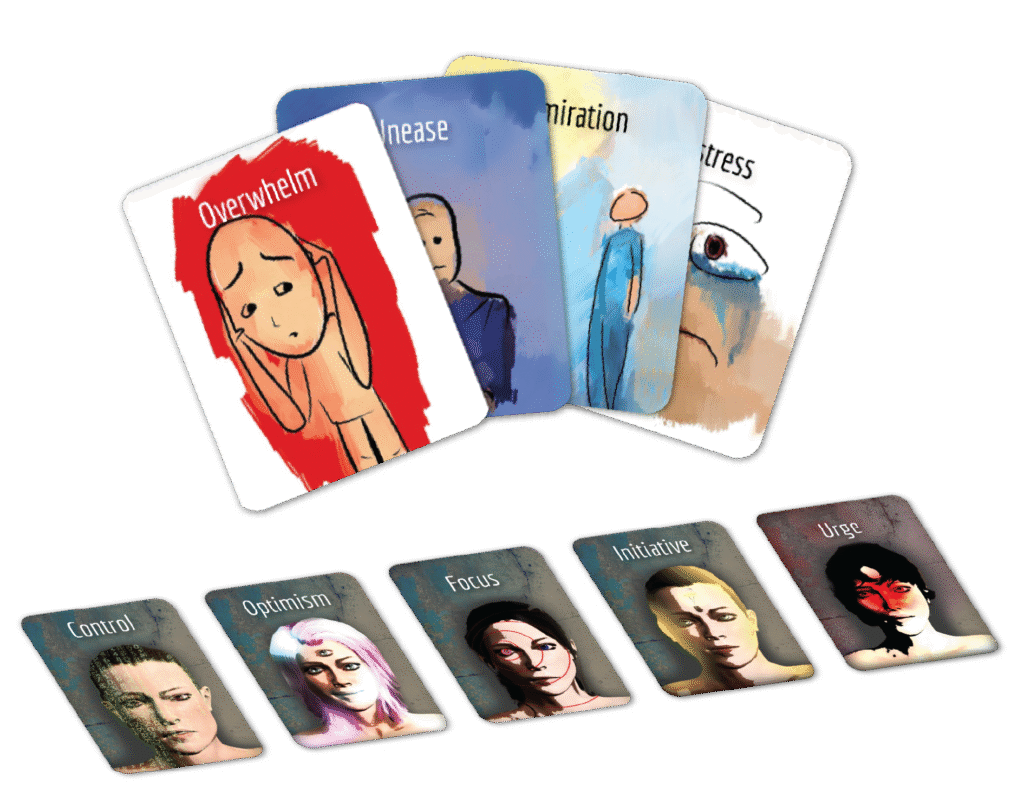Therapy is often viewed as a space for dialogue—a meeting of minds where healing emerges through conversation. But what happens when words don’t come easily? When emotions feel too overwhelming, abstract, or foreign to name? This was my reality as a teenager navigating mental health struggles, and it’s the reason I created Parts in Me and Emotions in Time—two sets of therapy cards designed to gently open doors to self-expression and connection.
A Personal Journey to Emotional Understanding
As a teenager, I found myself caught in the grip of anxiety and depression, yet I lacked the language to articulate my emotions. Therapy, though helpful, felt intimidating at times. How could I even begin to describe feelings that were so tangled and confusing?
What I needed were anchors—something tangible to hold onto as I started to explore my inner world. This is where the idea of visual prompts was born. I realized that for someone like me, words alone weren’t enough. I needed imagery, symbols, and structure to help me organize my thoughts and feelings.
Being an artist, I turned to what I knew best—illustration. Drawing became a way to externalize my emotions, giving shape to the abstract. Over time, I realized these visuals could be more than just personal reflections—they could serve as tools to help others who struggled to connect with their emotions, just as I had.
This led to the creation of Parts in Me and later Emotions in Time. Each set reflects a unique perspective on emotions:
- Parts in Me focuses on exploring the different facets of our identity and inner world.
- Emotions in Time pairs emotional prompts with a time die, making it easier to relate emotions to specific life moments—whether from yesterday, years ago, or even the future. This structure helps emotions and memories surface naturally, making sharing less intimidating.
What Are Therapy Cards?
Let me clarify something important: therapy cards are not a replacement for therapy. They are tools—a starting point. Imagine trying to describe a place you’ve never been to. It’s much easier if someone hands you a map. That’s what these cards aim to be—a map to help clients explore their emotional landscape.
Each card is designed as a visual and emotional prompt, encouraging thought, reflection, and dialogue. They create a sense of safety and structure, making it easier for clients to begin sharing their experiences. For clients like me, they can feel like a lifeline—a way to engage without feeling exposed.
The Therapist’s Role
A common concern I’ve encountered is the idea that tools like these might replace the core of therapy. The truth is quite the opposite. Tools are only as effective as the person using them. A skilled therapist doesn’t hide behind a tool—they use it to enhance their practice.
In the hands of a compassionate and intuitive therapist, Parts in Me and Emotions in Time become catalysts for deeper understanding. They can spark conversations, uncover hidden emotions, and help clients articulate thoughts they didn’t even realize they had. But in the hands of an unskilled therapist, these cards are just that—cards. The magic lies in the therapeutic process, not the tools themselves.
The Power of Visual Prompts
Visual prompts work because they bridge the gap between the abstract and the tangible. They create opportunities for clients to see their emotions and inner world reflected back to them in a way that feels accessible.
Therapists who’ve used Parts in Me and Emotions in Time have shared remarkable stories of breakthroughs. Clients who previously struggled to open up found their voices. They felt seen, understood, and empowered to explore parts of themselves they had avoided.
For me, this feedback is deeply meaningful. These cards were born from my personal journey, but they’ve grown into something much bigger. They’re helping people find their way—not by replacing therapy but by supporting it.
Tools for Connection
Parts in Me and Emotions in Time reflect different aspects of emotional exploration. Together, they offer a comprehensive toolkit for therapists and clients alike. They are not barriers between therapist and client—they are bridges. They foster connection, understanding, and growth.
For anyone hesitant about the role of tools in therapy, I say this: Good therapy isn’t about the tools—it’s about how they’re used. When used with care and intention, tools like these can transform therapy into a space where even the most hesitant voices find strength.
I created these cards from a deeply personal need, but they’ve become a way to empower others. And for me, there’s no greater reward than knowing that something I once needed is now helping others on their own journeys of healing.




